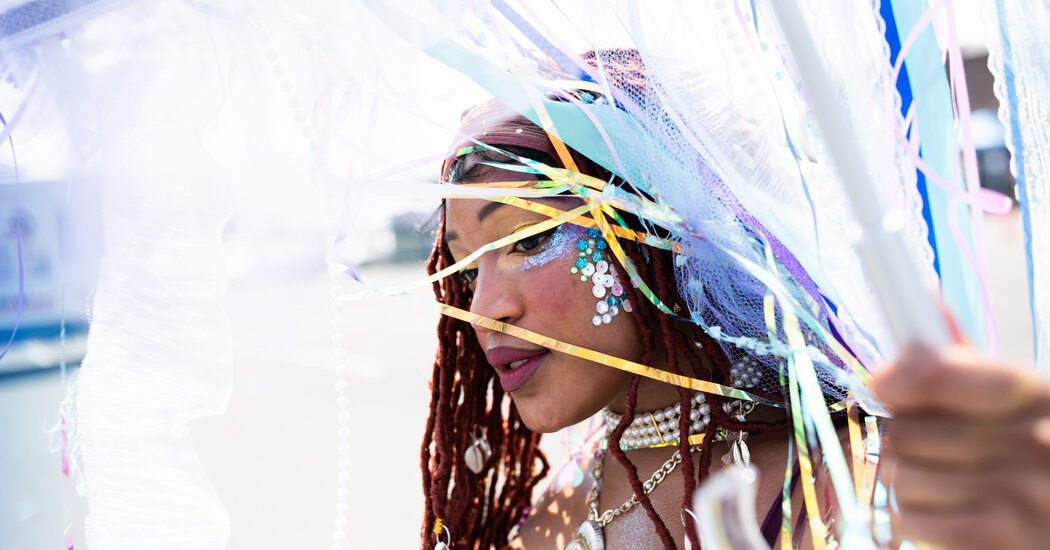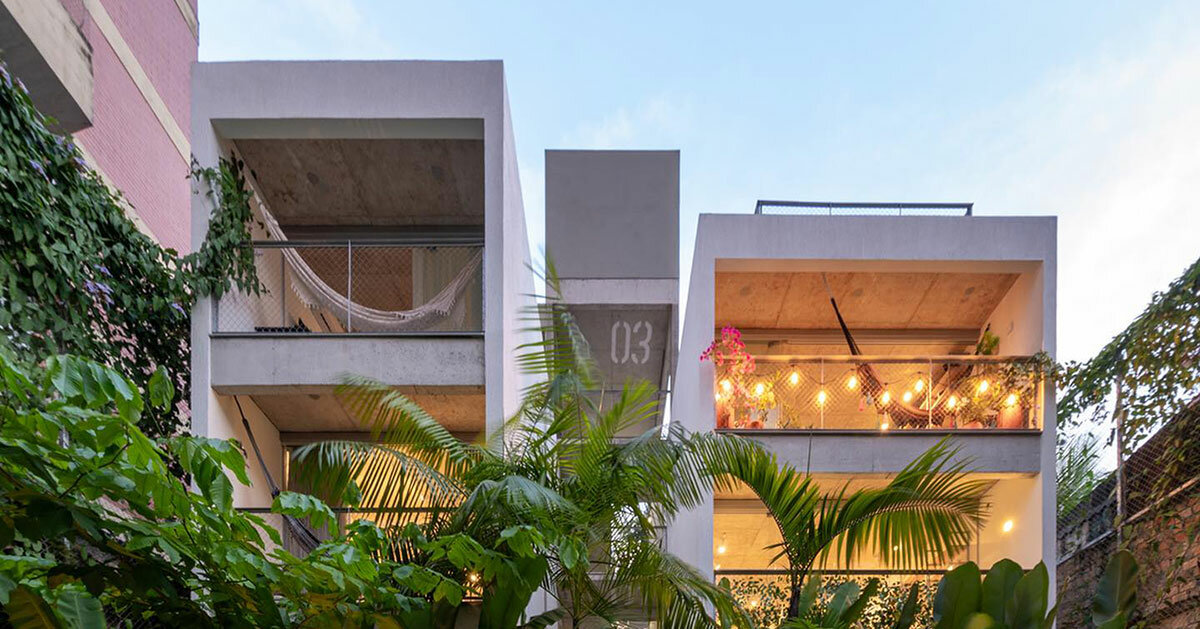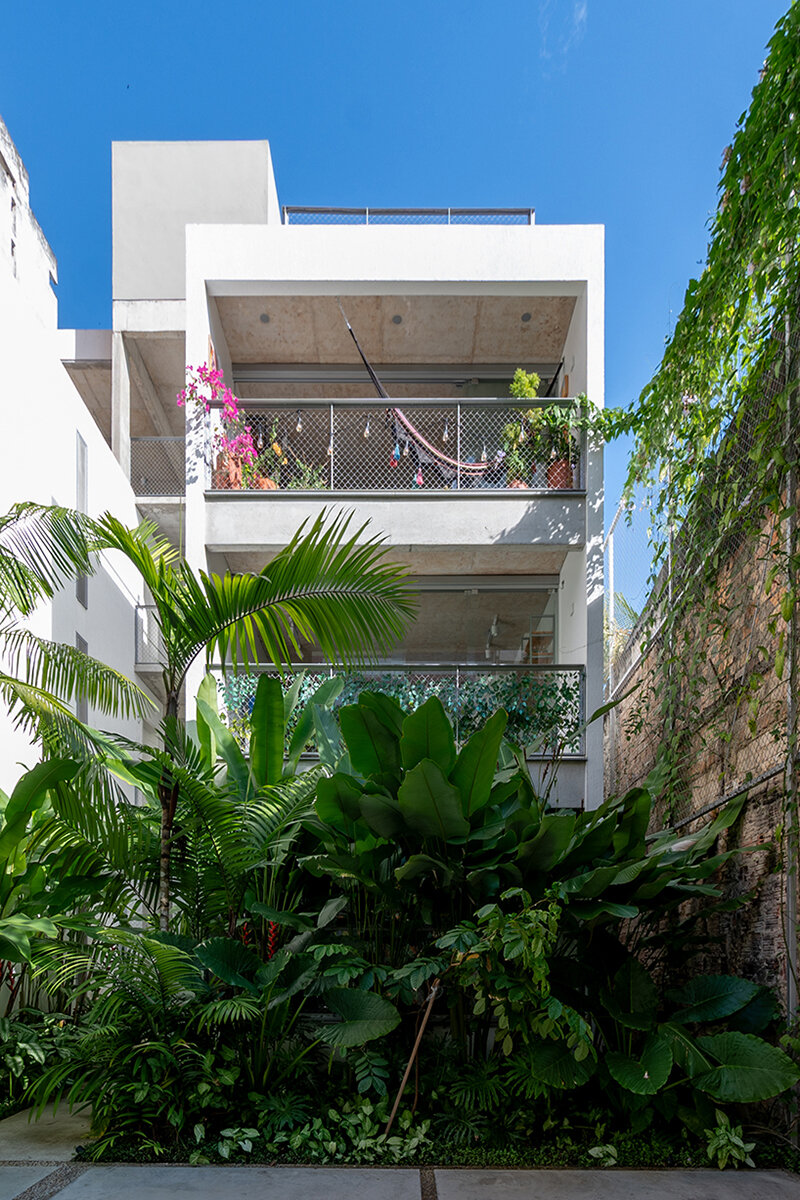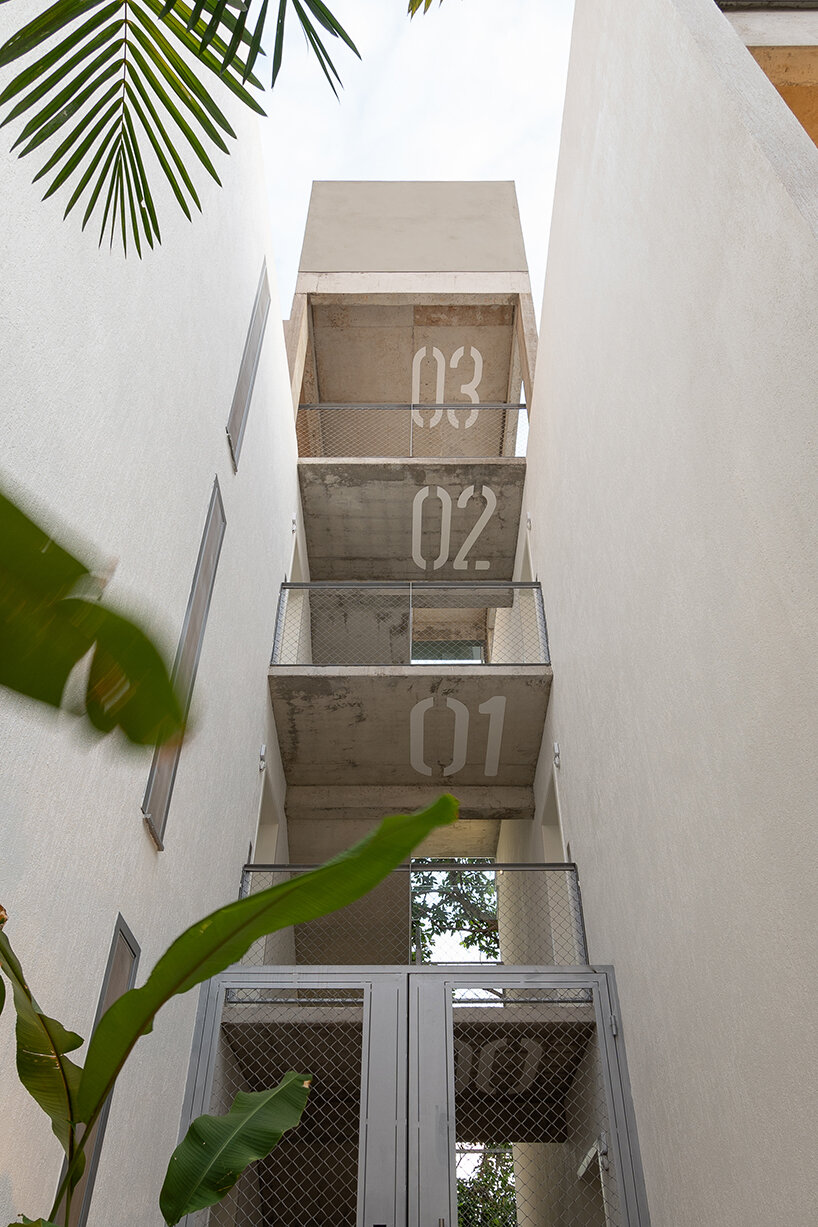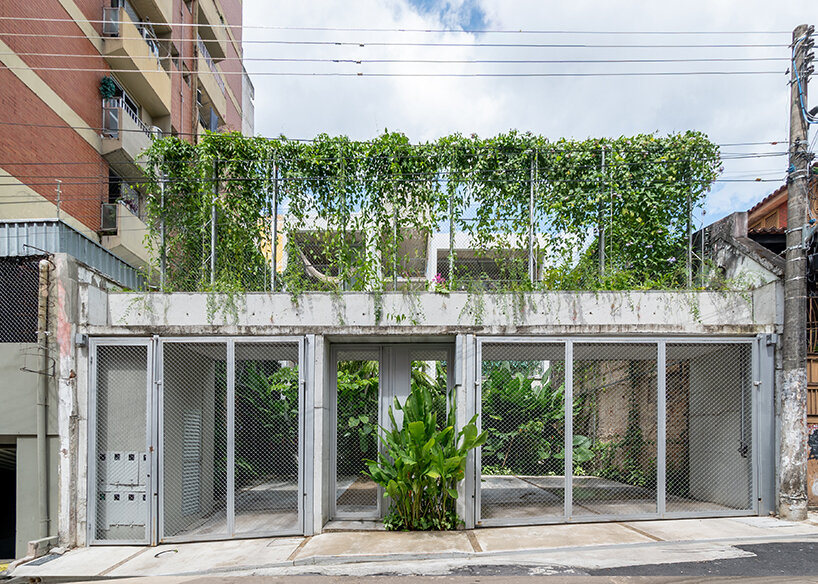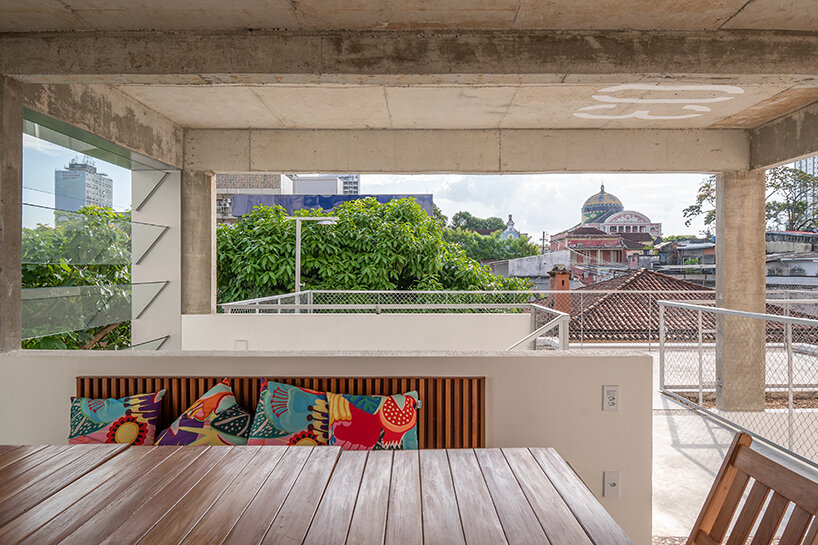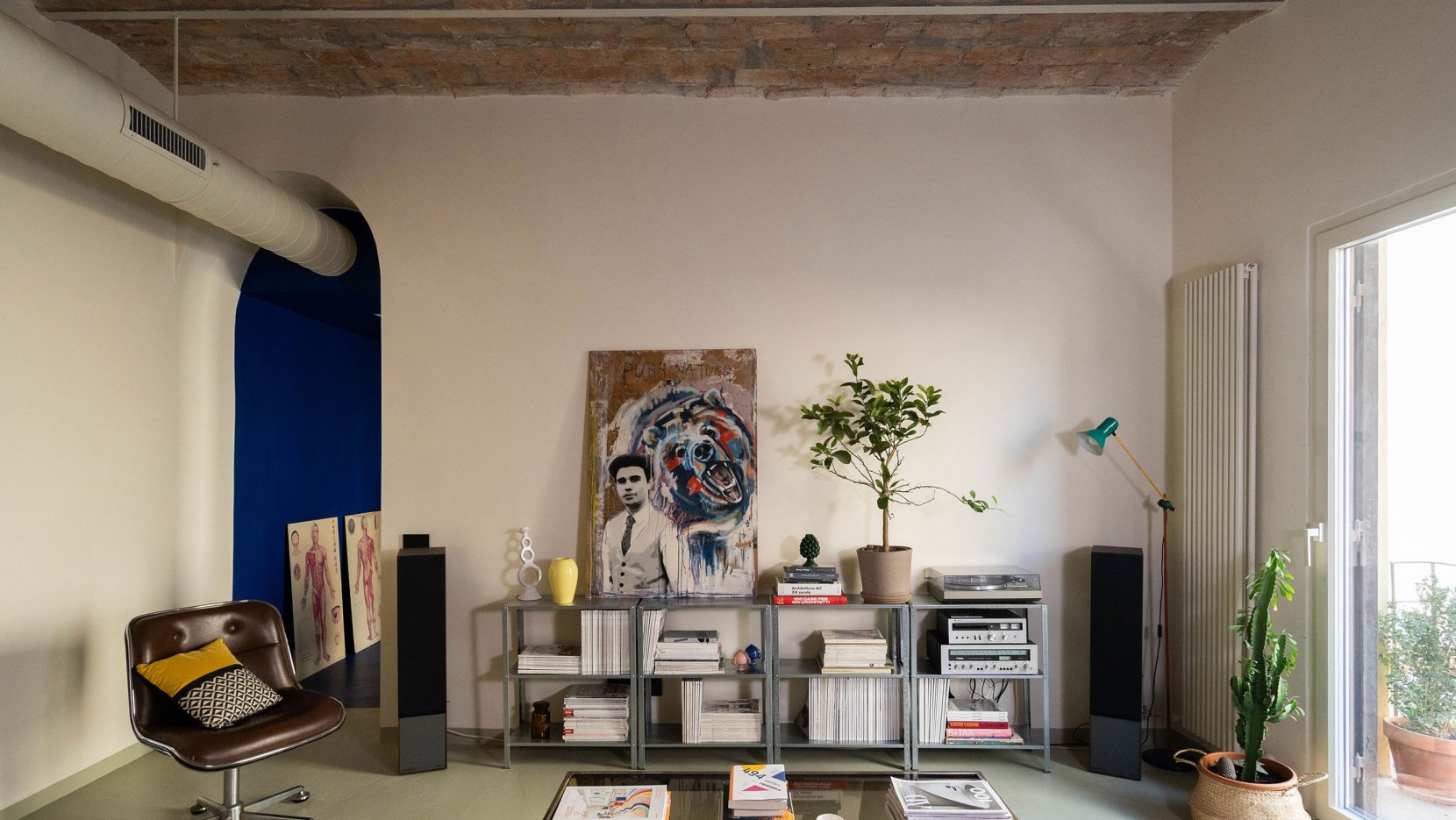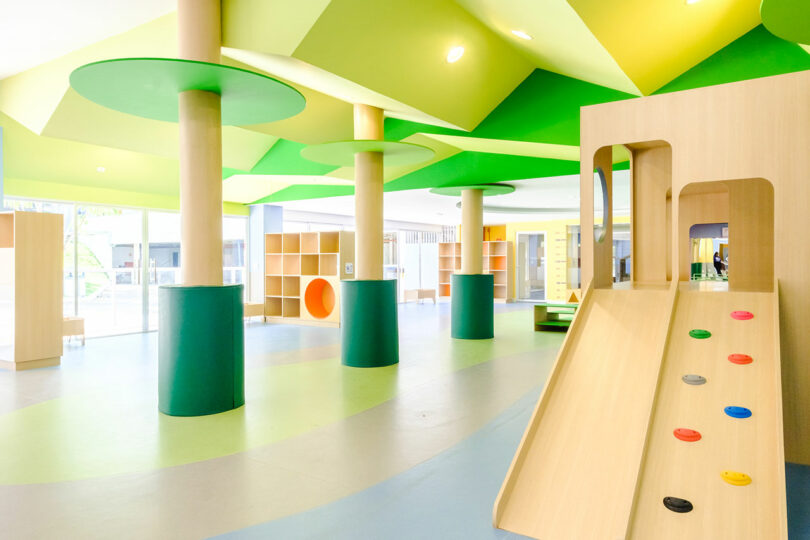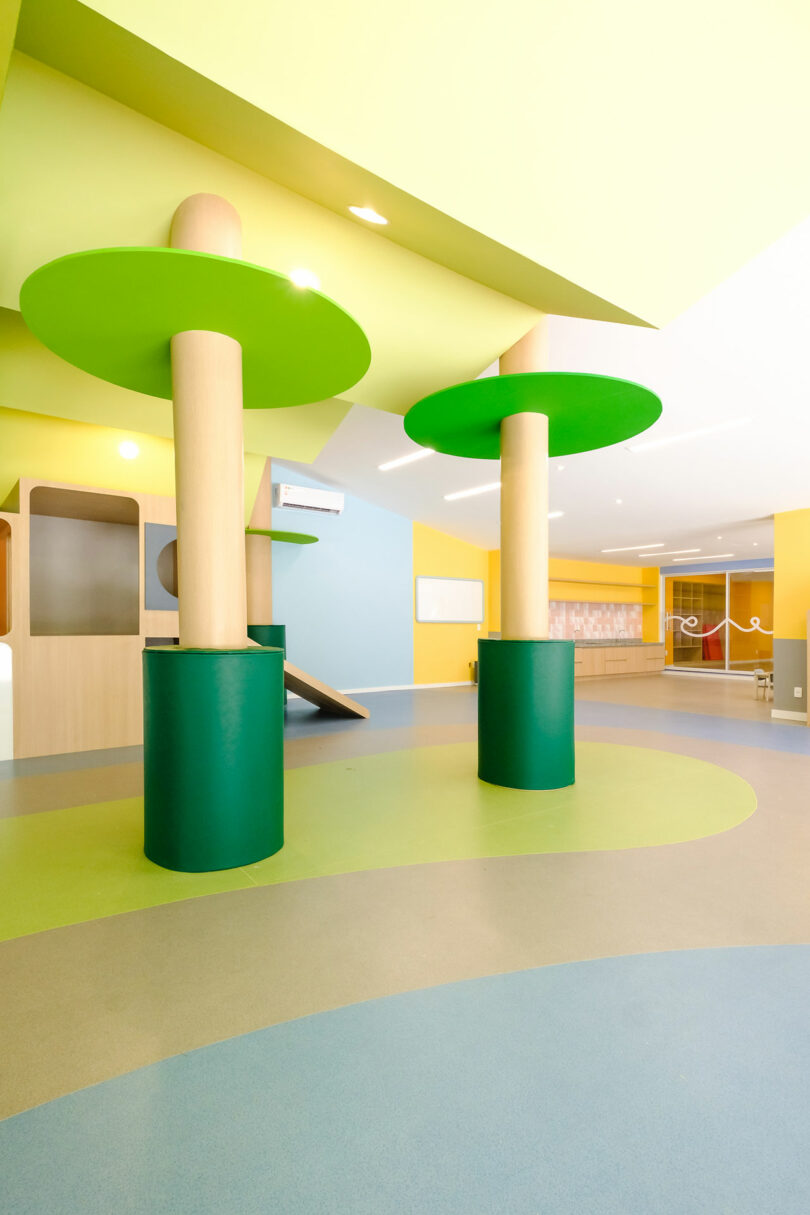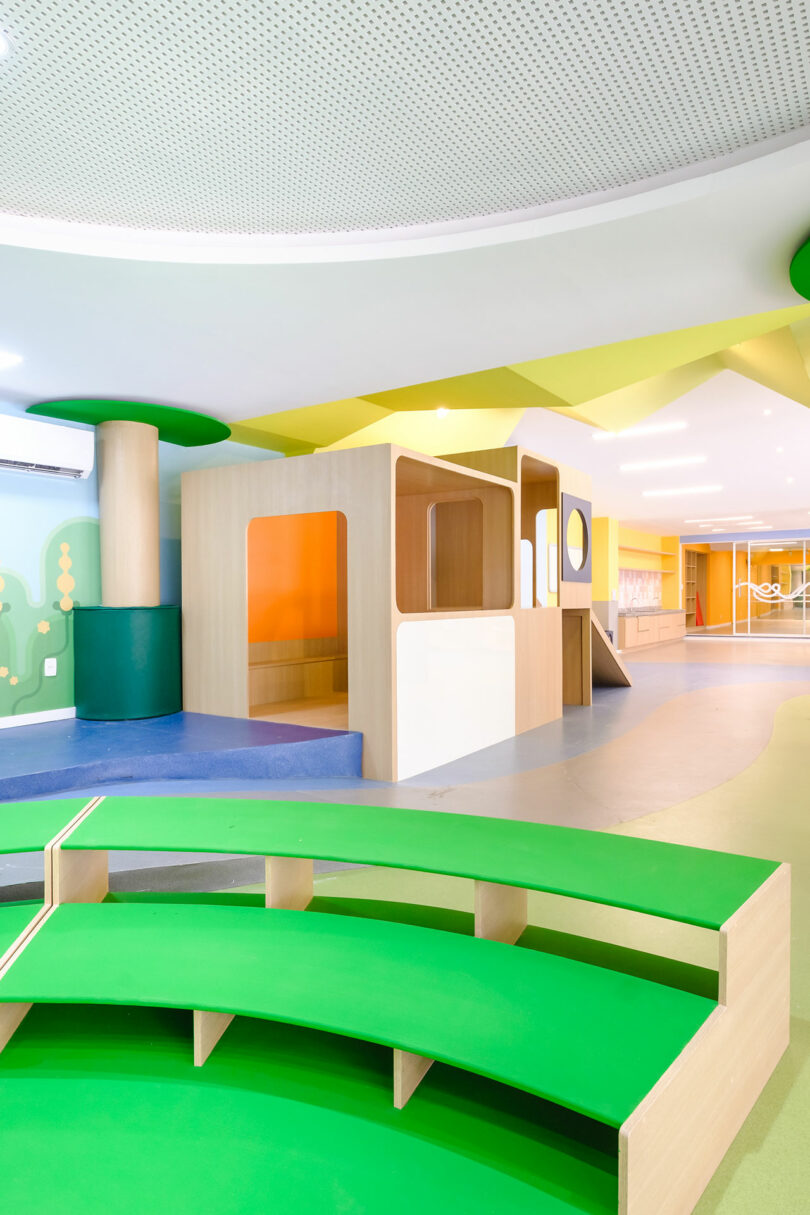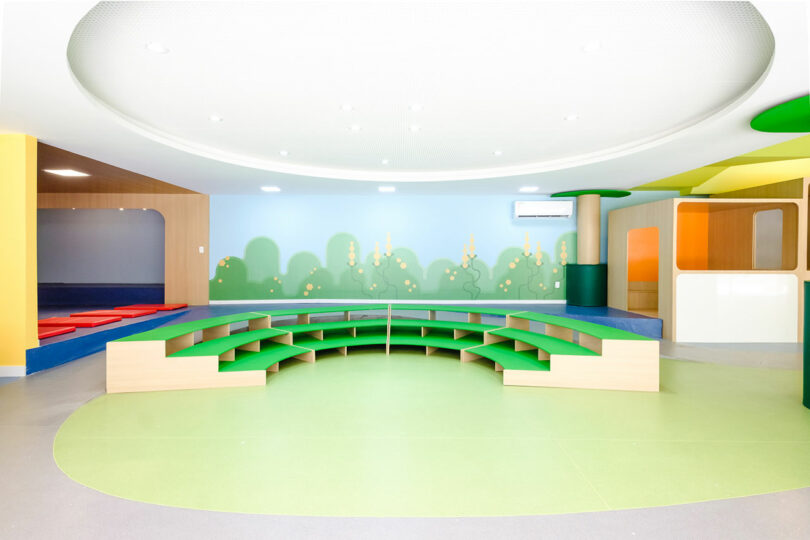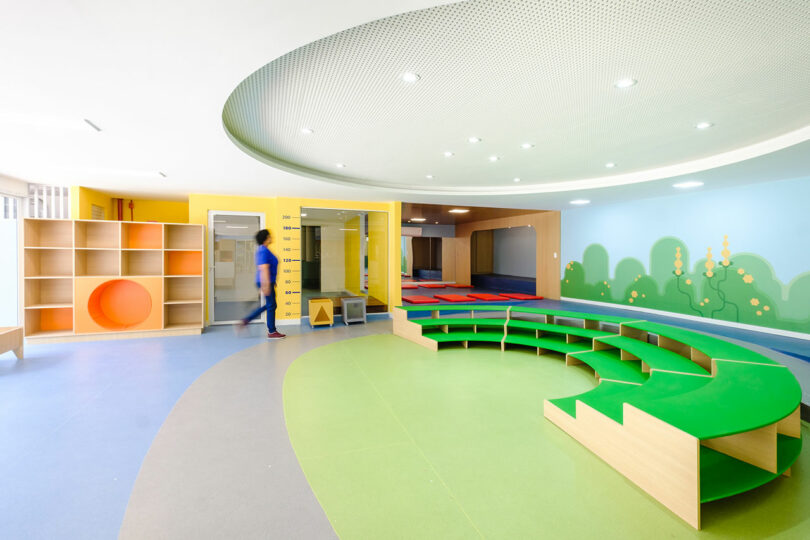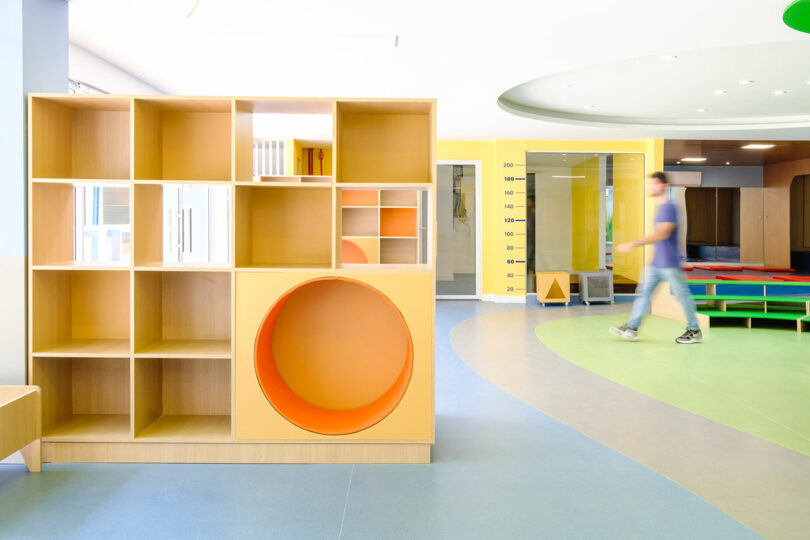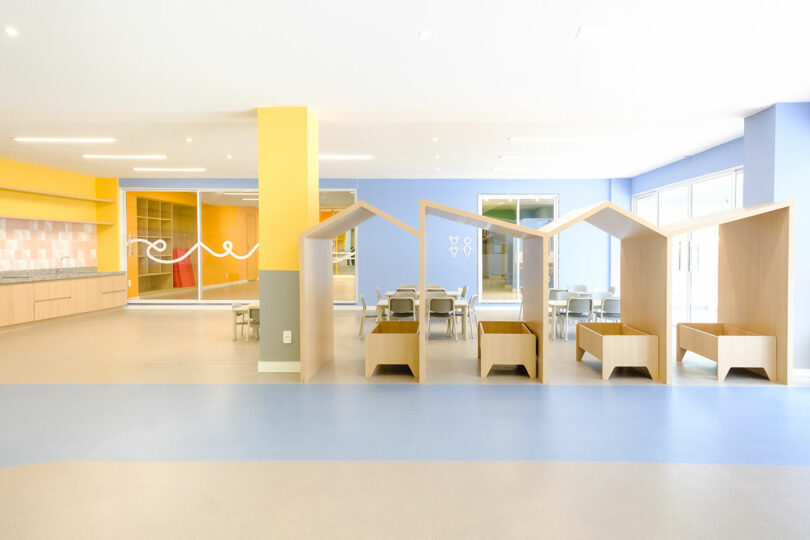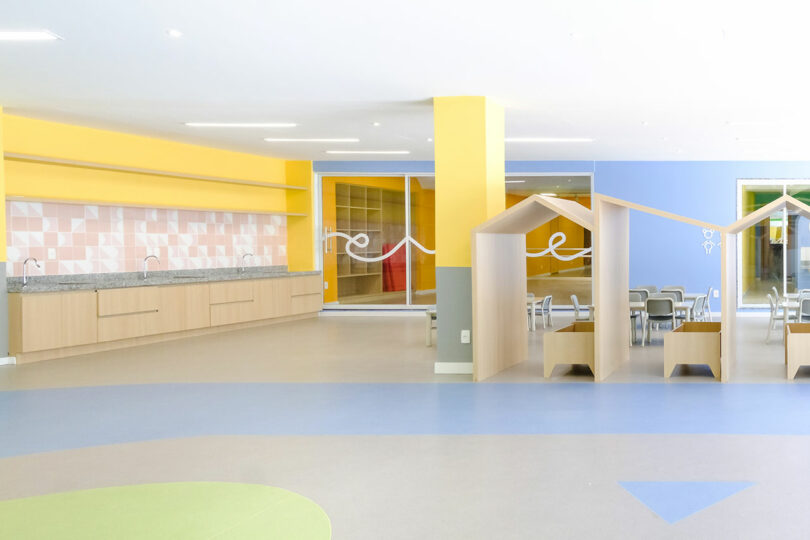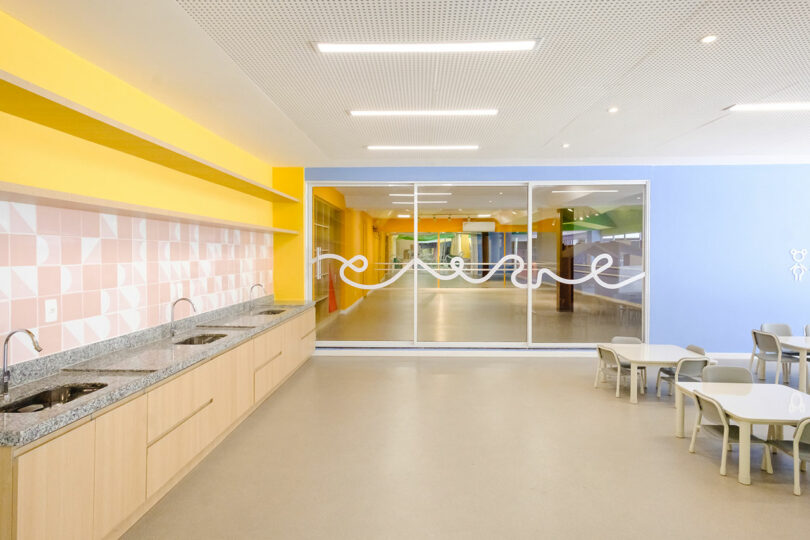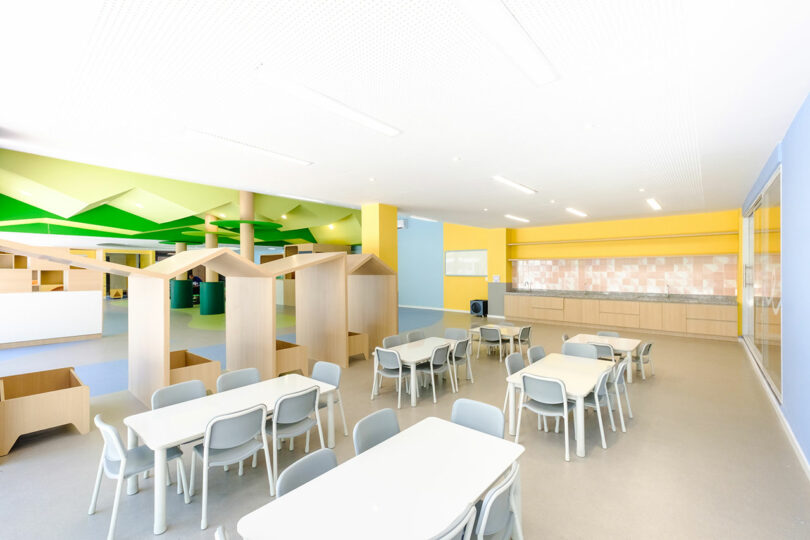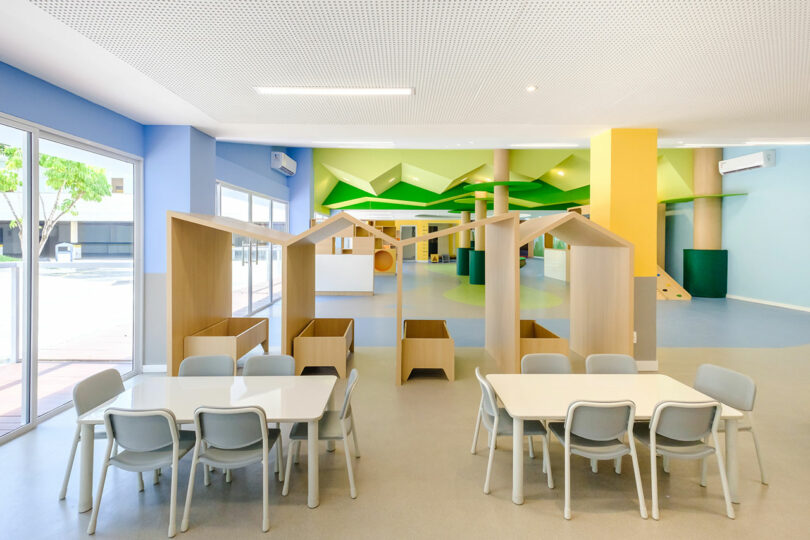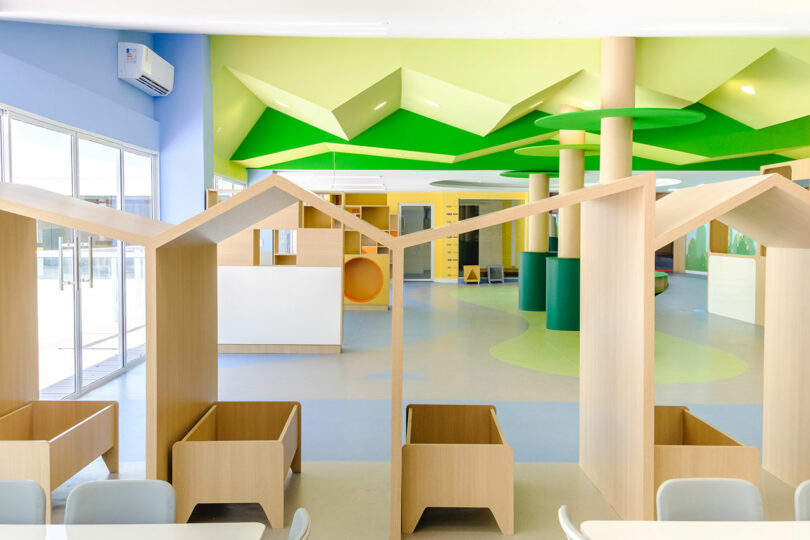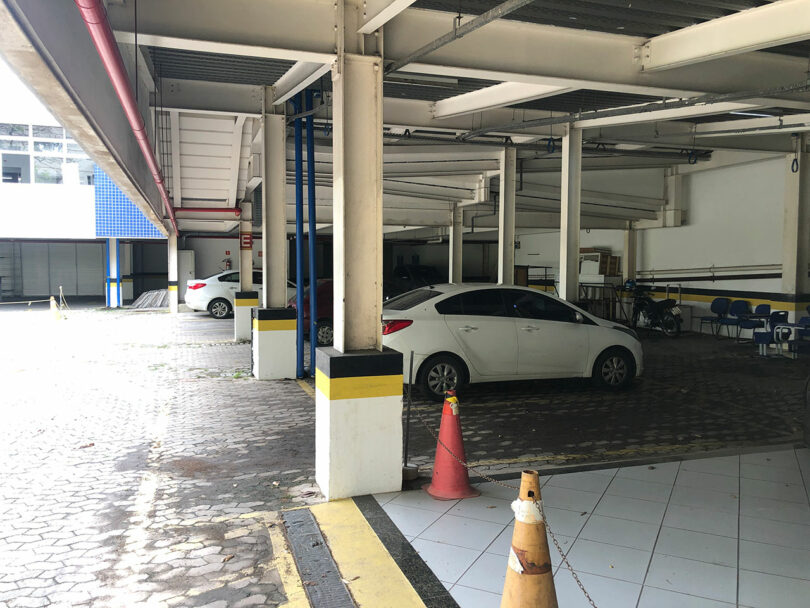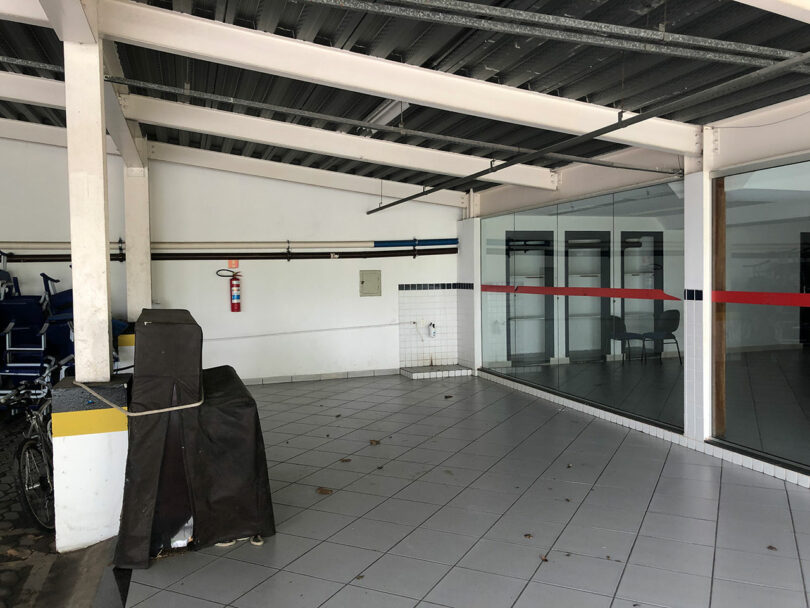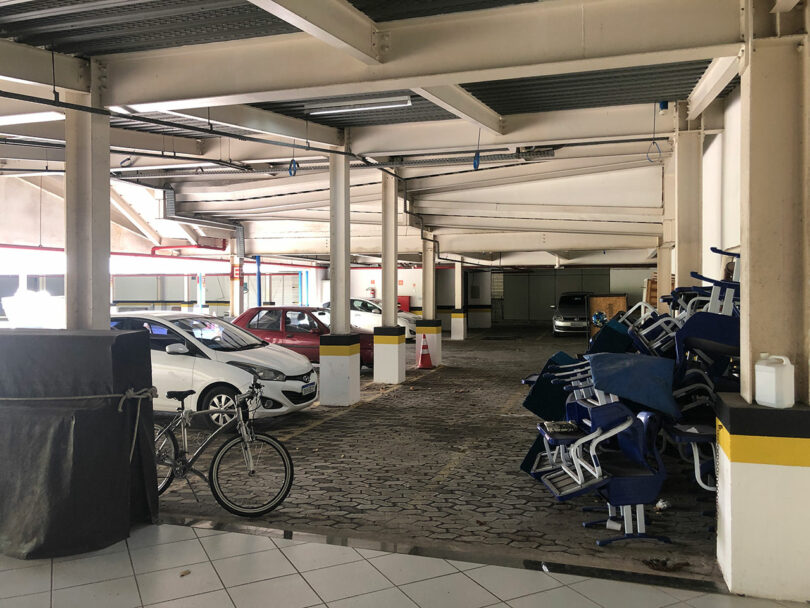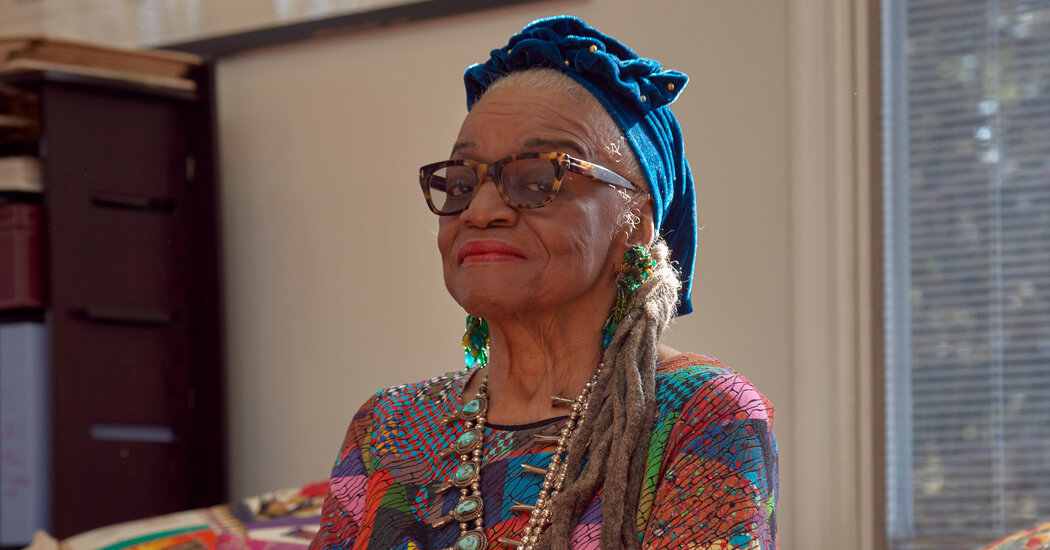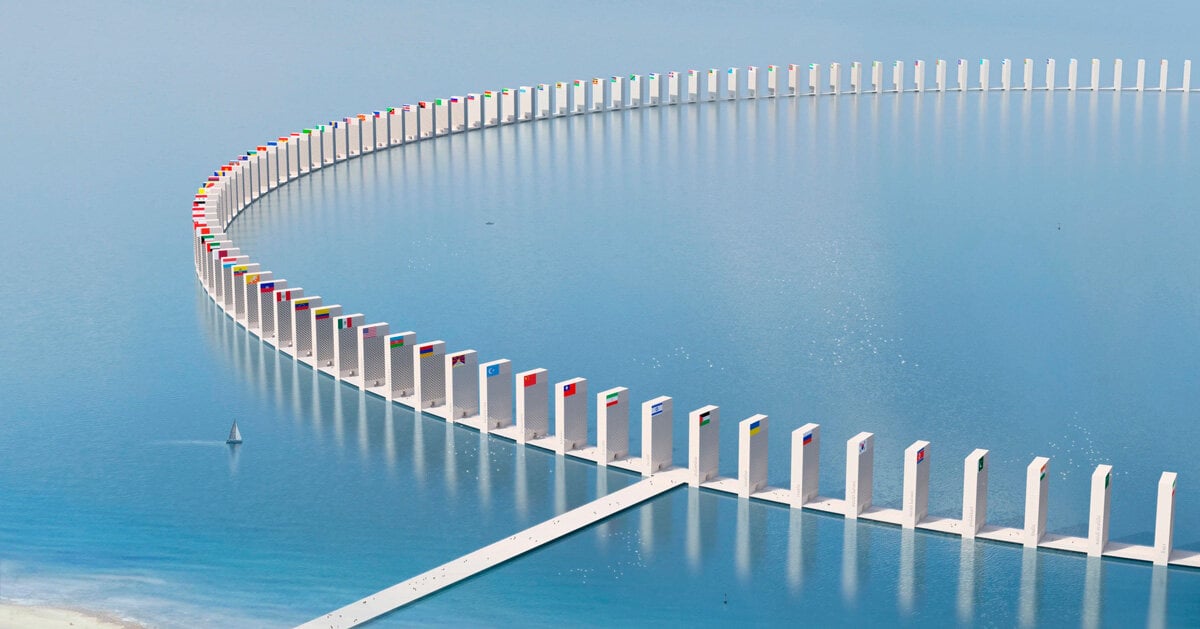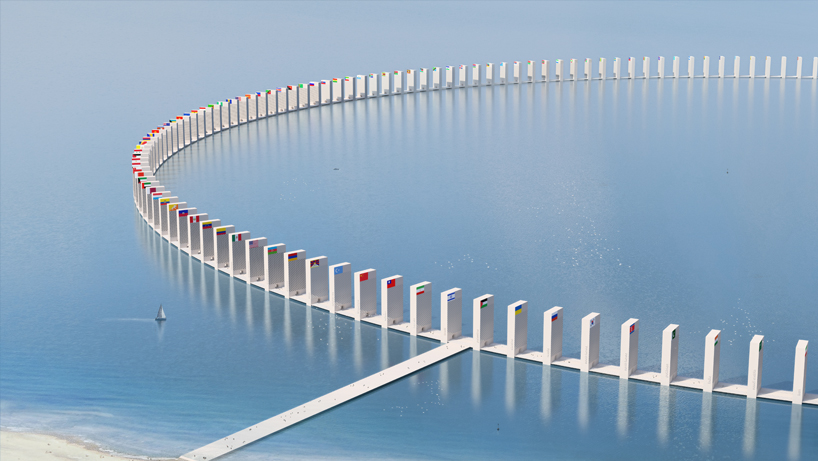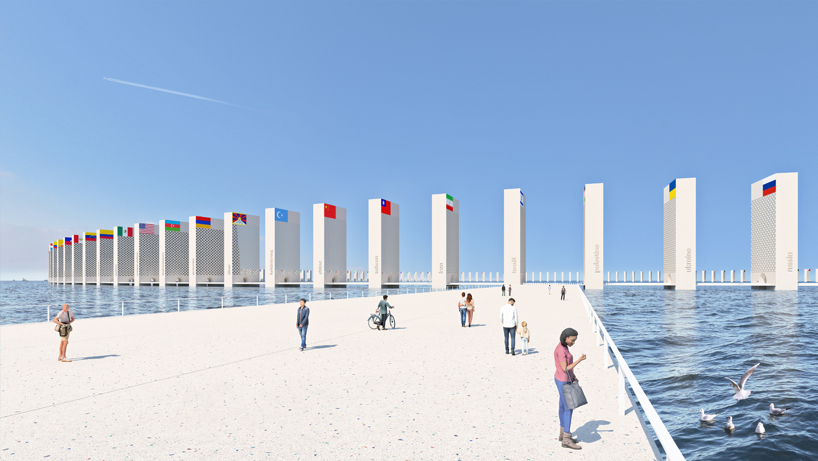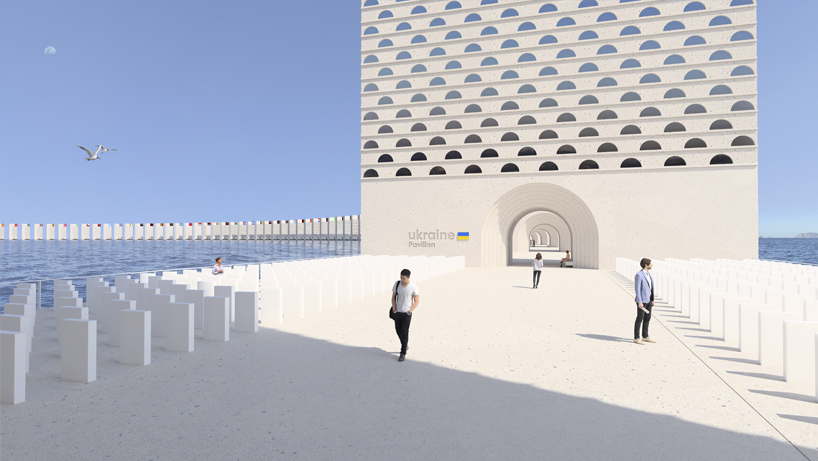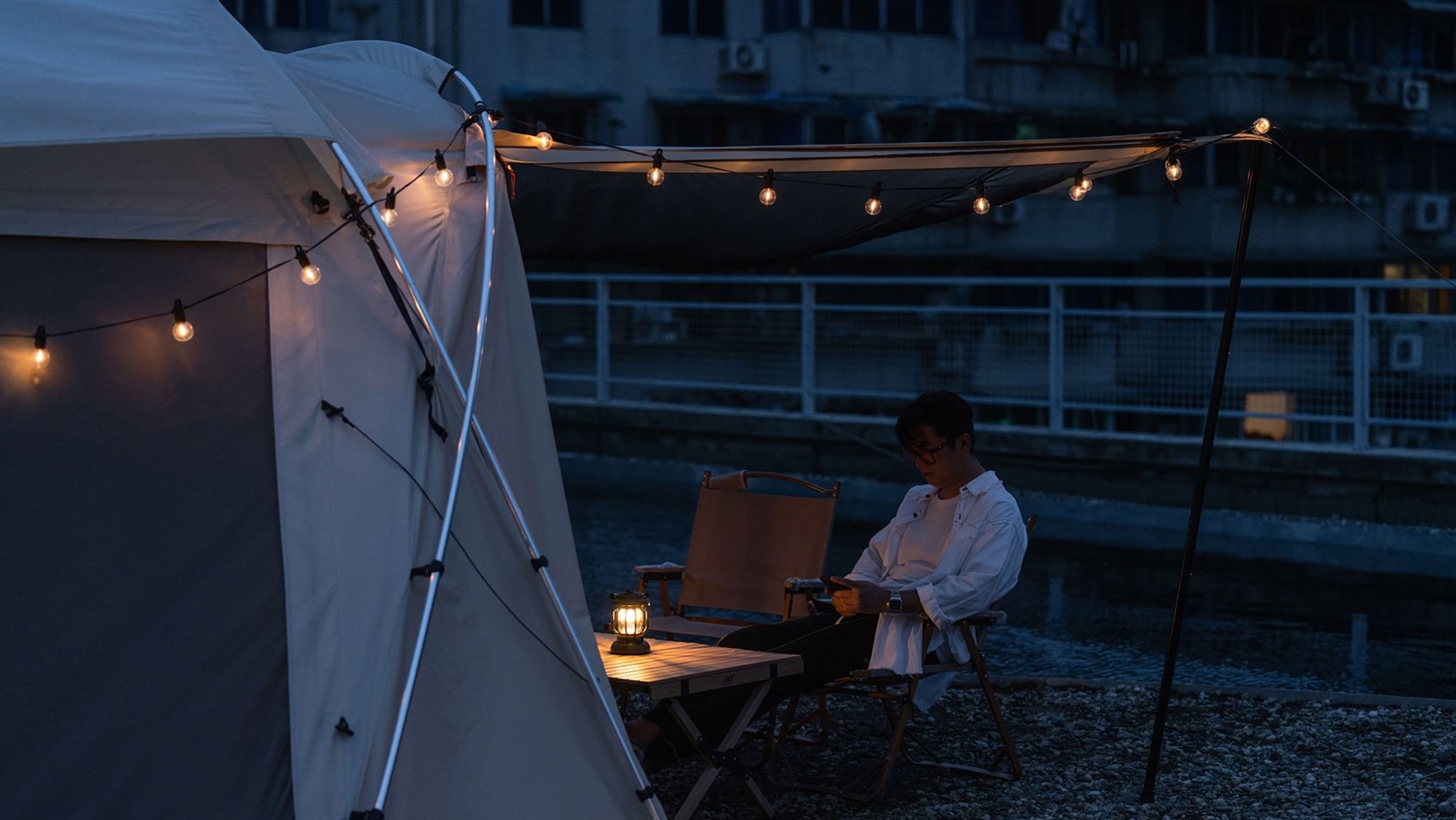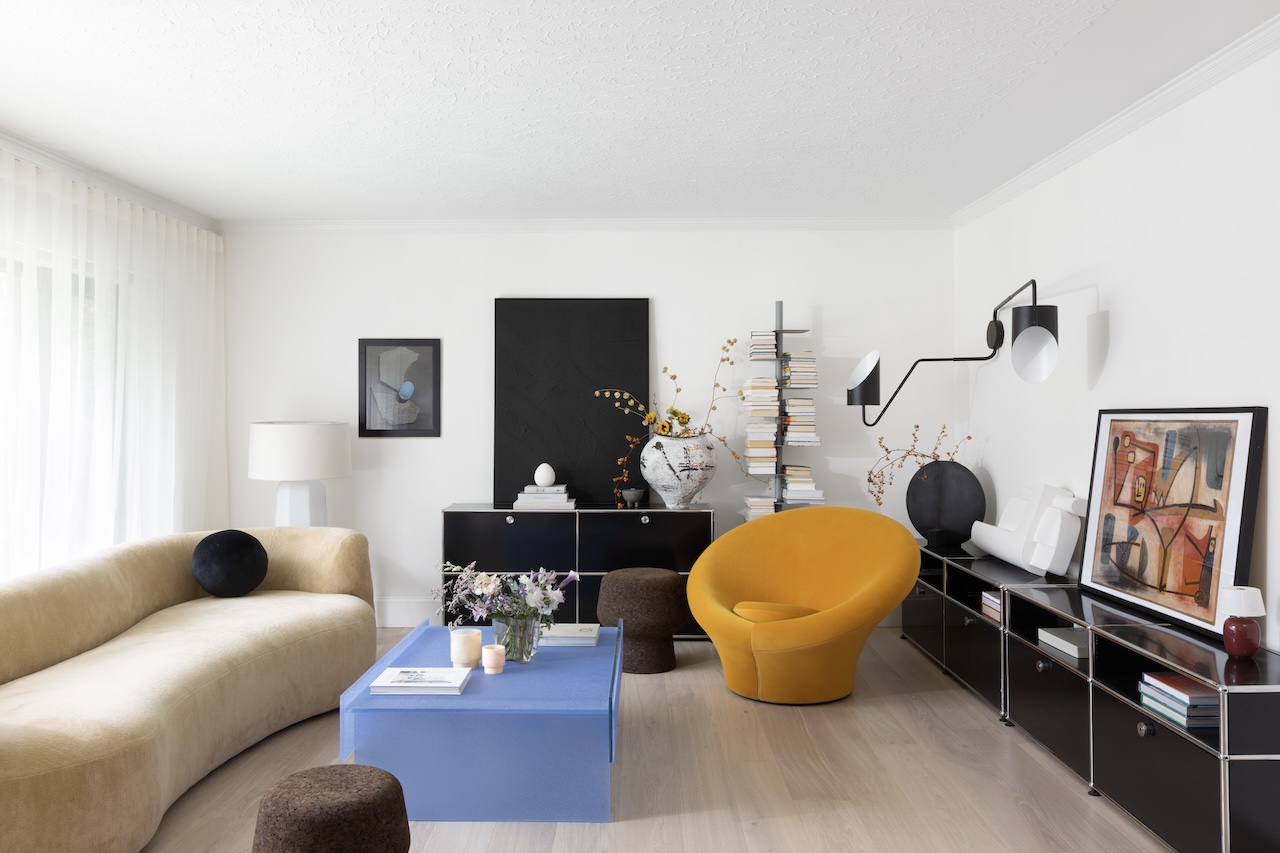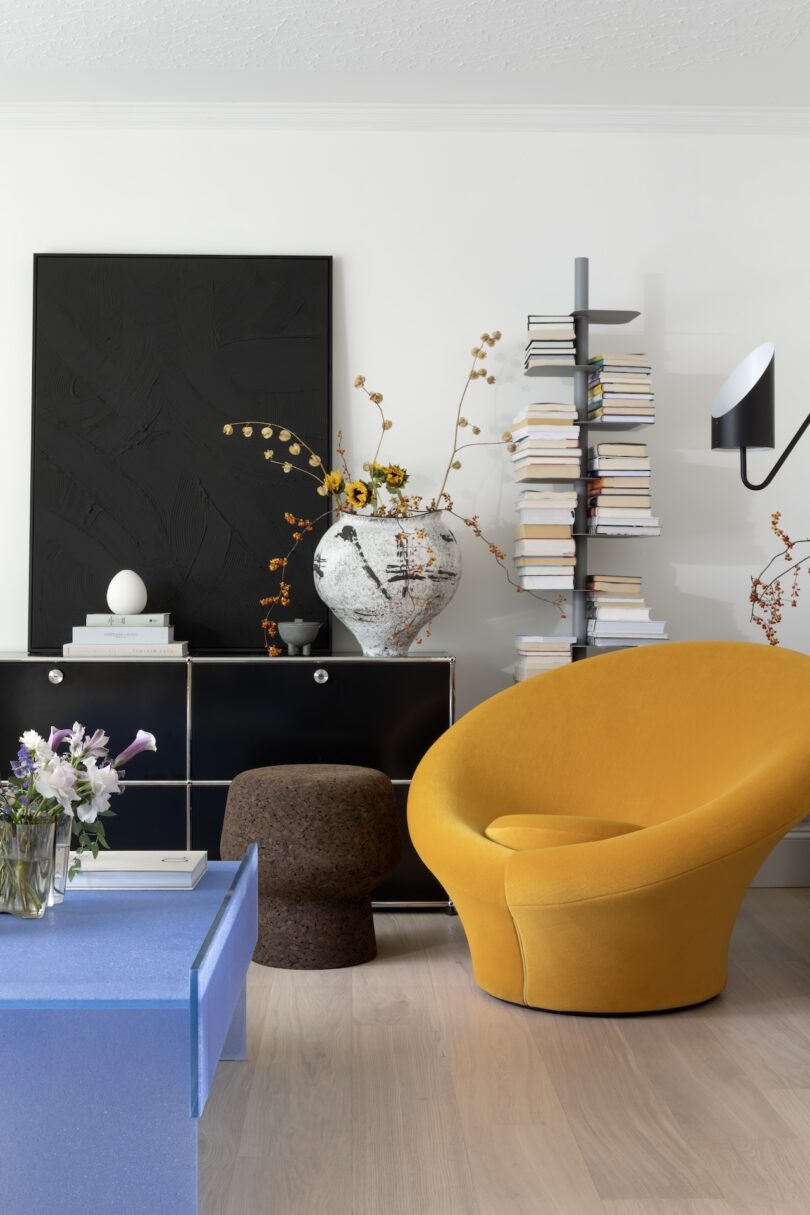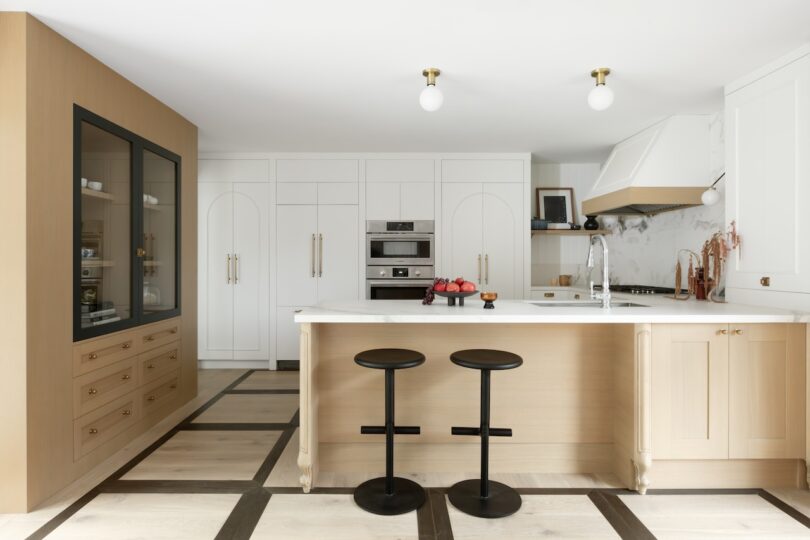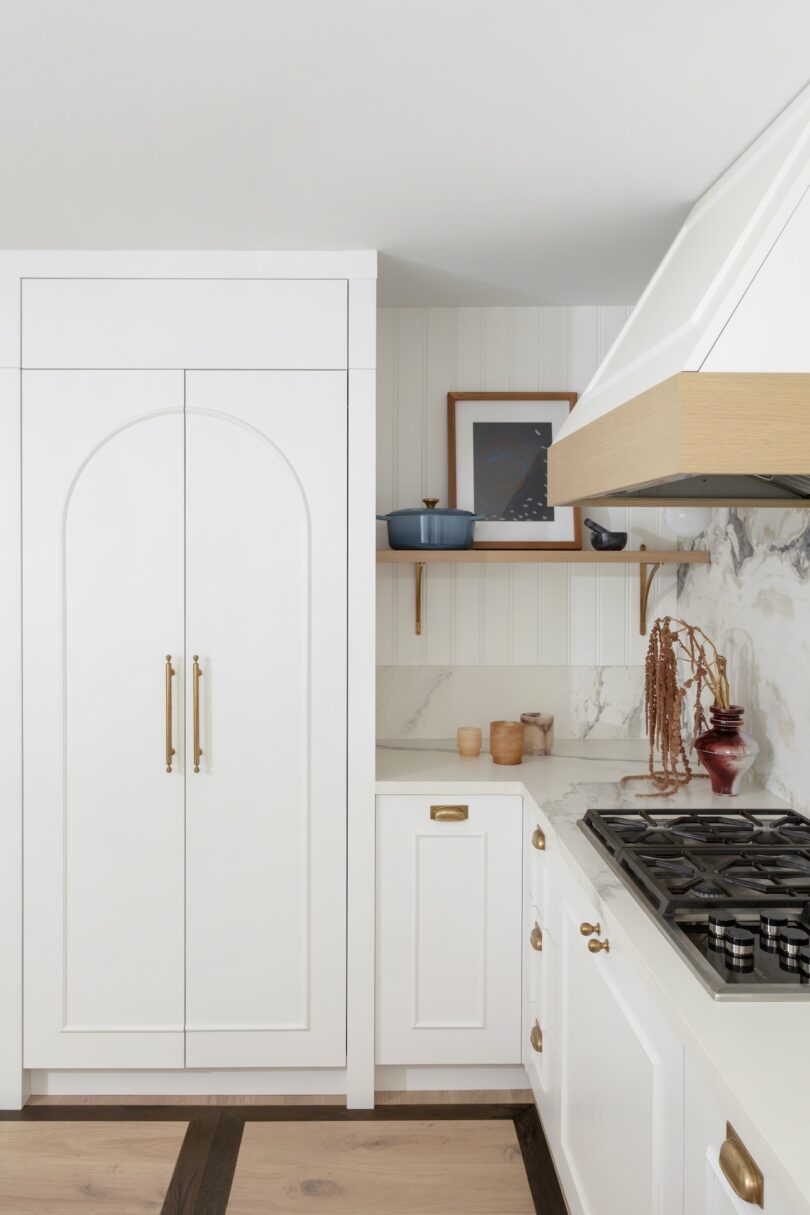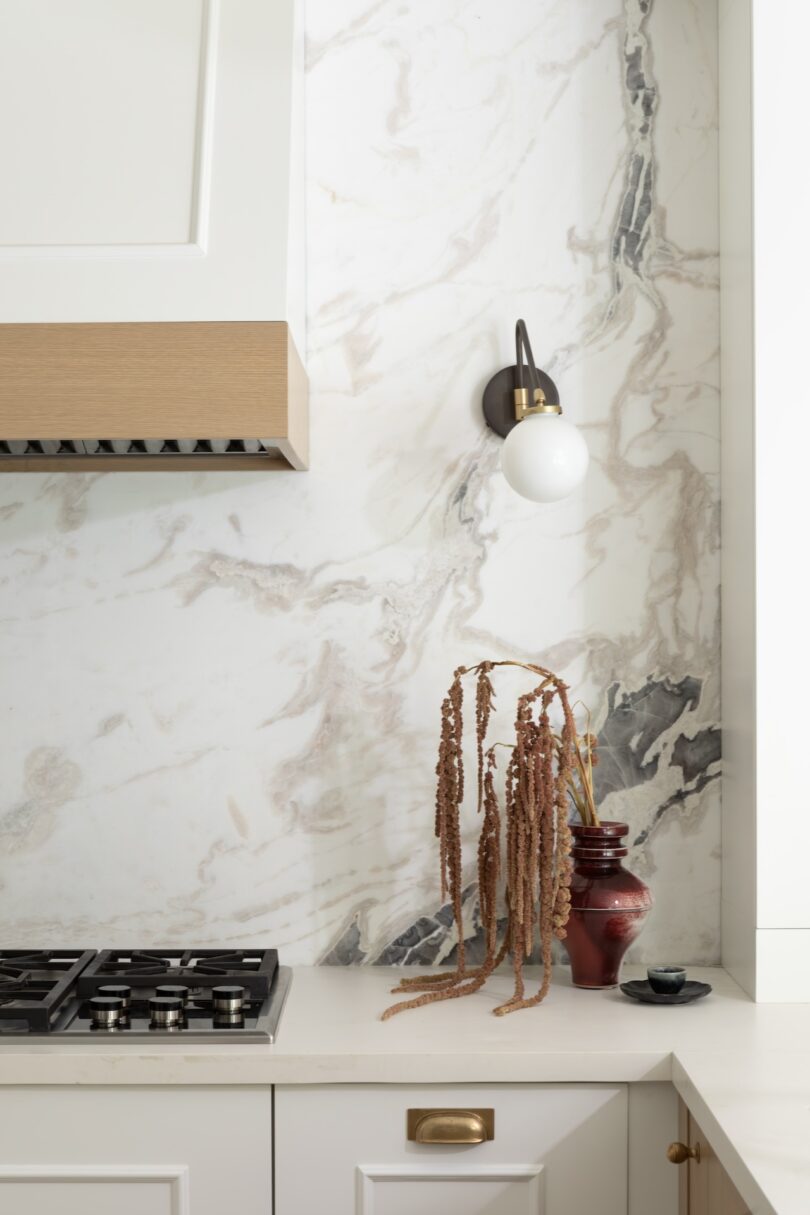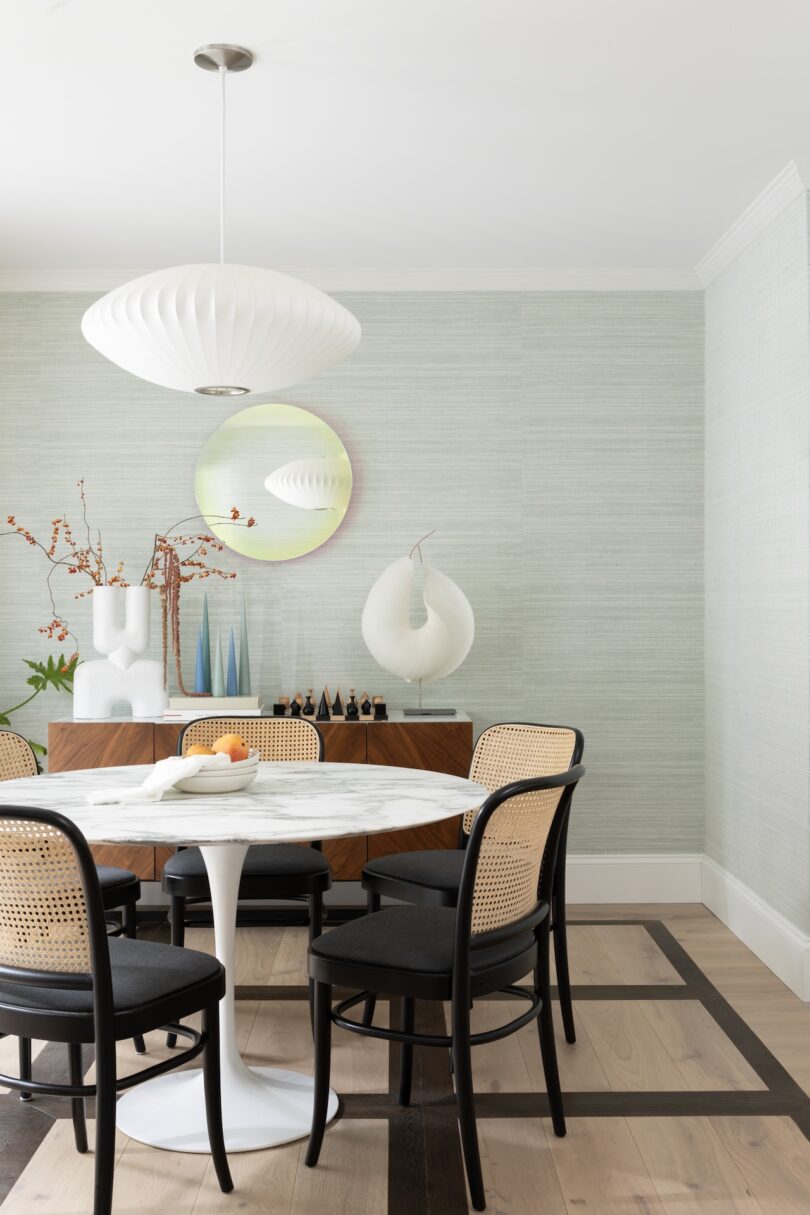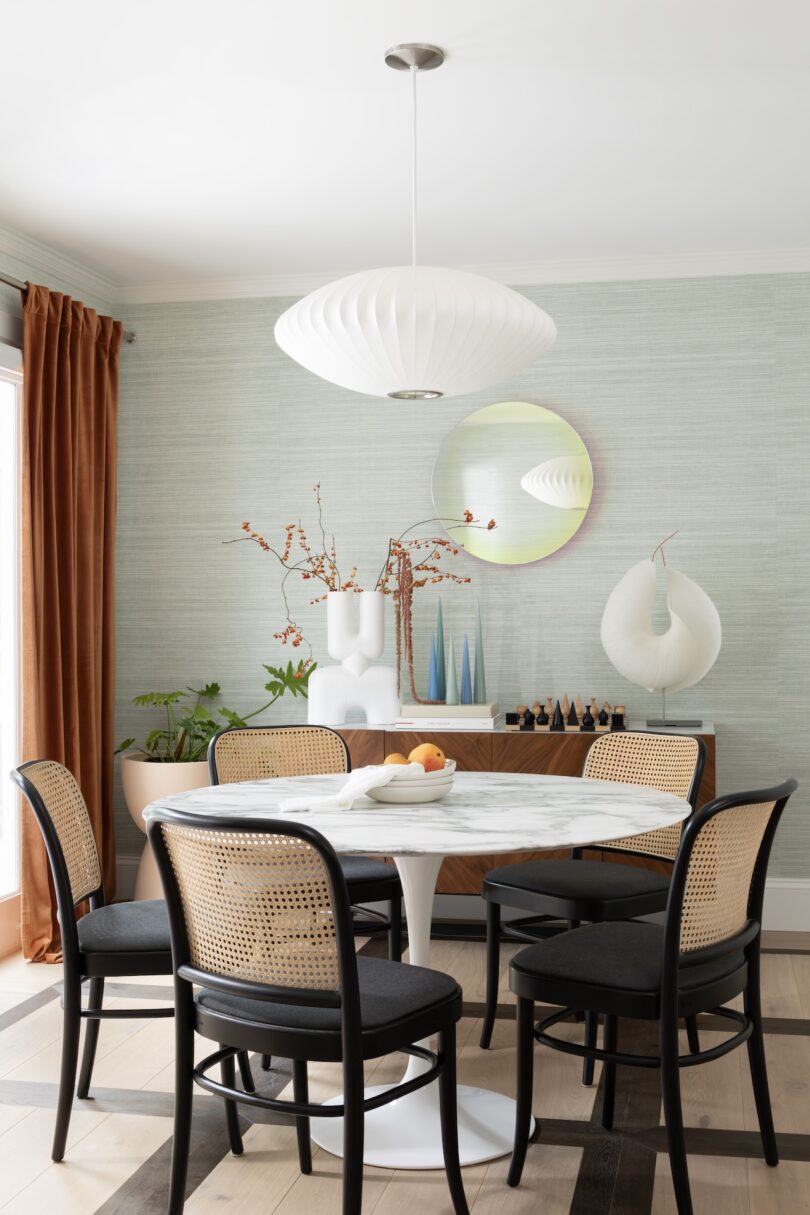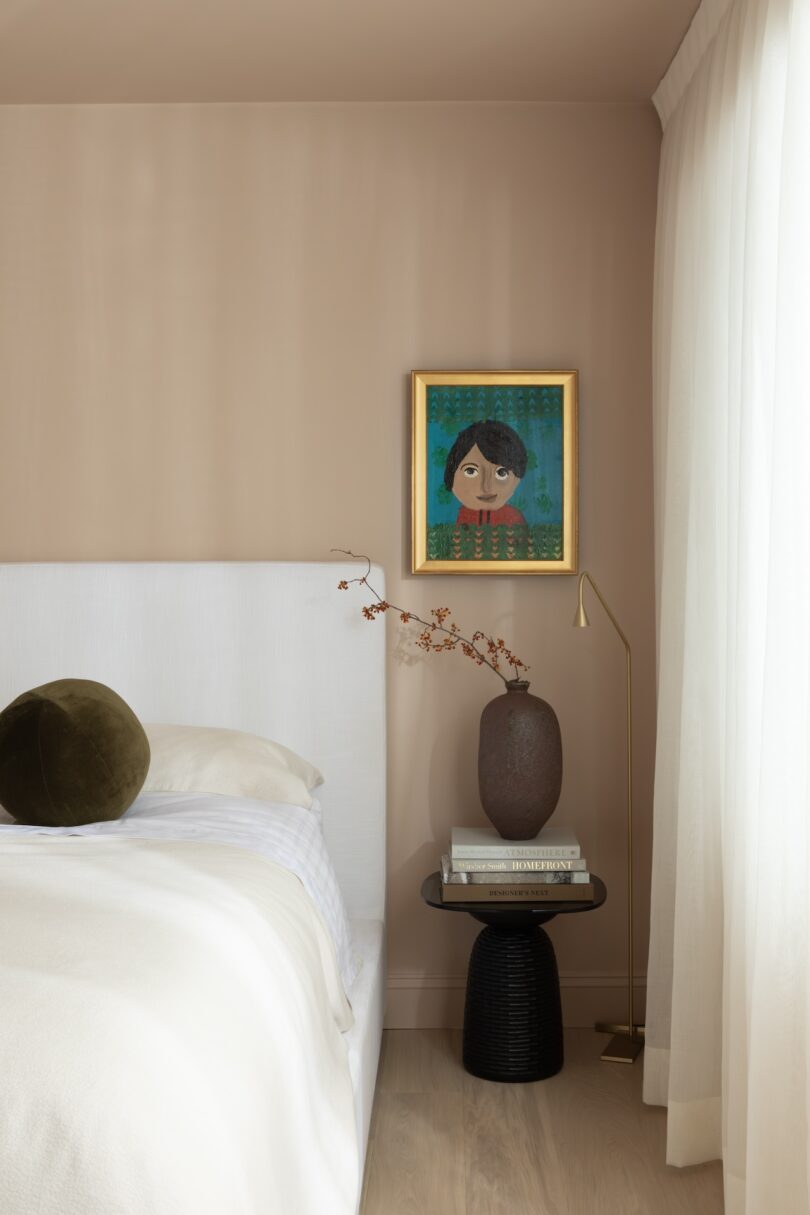June design news: forgotten modernist gems, wonky watches and inside Noma’s kitchen | Life and style
[ad_1]
This month we celebrate the old and the new. There’s a report on graduate show New Designers, where you can see the latest ideas coming out of the UK’s universities, but also a new book that celebrates the largest concentration of second-hand dealers in the world, Les Puces de Paris. Something for everyone.
New Designers is a graduate showcase which lets students from British universities present their ideas to industry experts, though it’s also open to the general public. Over 3,000 designers have exhibited at the event since it started in 1985, newly qualified in everything from furniture design to illustration and textiles. As well as providing a platform for undiscovered talent, New Designers also shows the ideas and trends percolating through the design community. Sustainability and recycling are key themes in many of the students’ works. A great example is sustainable product designer Will Falch-Lovesey from Falmouth University, who is exhibiting this year. He’s showing an alternative product to the spiralling amount of single-use plastic in healthcare in recent years (hello Covid tests). Made purely from kelp, Kelpure is robust but will degrade in soil after use, acting as a fertiliser. Falch-Lovesey is even looking into the use of waste seaweed from agar production as his base material.
Falch-Lovesey says: “I aim to produce impactful designs that leave the planet better than I found it. I think many of my peers share this ethos, so I’m really looking forward to seeing all the innovation that’s coming out of my generation at New Designers.”
New Designers runs from 26–29 June and 3–6 July at the Business Design Centre, London
When the Apple Watch launched back in 2015, there were many reasons for the traditional Swiss watch business to be sniffy. Regardless of the existential threat it posed to their livelihoods, one of the odder complaints concerned the new smartwatch’s shape. “Why has Apple made it square?” wailed one Biel-based CEO. “Everyone knows people don’t buy square watches.”
Leaving aside the fact that Apple has gone on to sell 230m square (technically, square-ish) watches since, so-called “shaped” watches have always had their fans – the 1970s, in particular, was a time when horologists broke the circle and embraced all kinds of weird and wonderful forms. Perhaps it’s a 50-year cycle that explains why offbeat and unusual cases define 2024’s hottest new watches.
The asymmetrical B/1 timepiece is made by newcomers Toledano & Chan and is influenced by Brutalist architecture. Anoma has created the A1 which was inspired by Charlotte Perriand’s plectrum-shaped 1950s freeform table. Or, you can go full-on Blake’s 7 with the Bamford Neprosolar – a solar-powered digital watch – or the Amida Digitrend, a diving watch first released in 1976. Round watches? Strictly for the squares.
Founded as a Facebook group In 2019, Forgotten Architecture started life as a niche platform for architecture enthusiasts and professionals to celebrate the modernist buildings and projects that had been unfairly overlooked. Some are little known works by the masters – such as a house created for Italian sculptor Arnaldo Pomodoro by Memphis Group founder Ettore Sottsass, or the experimental, biomorphic building known as the Binishell created by industrial designer Dante Bini in the 1960s. Other featured projects are just beautiful examples of the genre: simple, modern masterpieces discovered in cities around the world.
Now this collection has been turned into a book by Bianca Felicori, the Italian curator and architect who founded the Facebook group. This features photographs, plans and drawings taken from architectural archives and museums which bring the stories of these buildings to life, with essays from some of the original Forgotten Architecture members explaining why these hidden figures are worthy of the spotlight.
Forgotten Architecture edited by Bianca Felicori (Nero Editions) is out now
after newsletter promotion
Danish design festival 3daysofdesign is fast becoming one of the high points on the design calendar; and one of the highlights of this highpoint is the design hub in the Refshalevej district of the city. The warehouses and outbuildings of this former shipyard have been repurposed as homes for students, and premises for startups and leftfield businesses ranging from an urban organic farm to clubs and music venues. At this year’s 3daysofdesign, Refshalevej hosted The Material Way, an exhibition of experimental bio-materials held in a yurt; Transcendence, a curated show of sustainable products displayed at local nightclub Werkstatt; a floating office space made with the help of Velux; and the first chance for the public to visit Noma Projects. This offshoot of the famous restaurant was founded in 2022 to develop food products that people can enjoy at home. This was the first time the test kitchen opened its door to the public to explain their research into fermentation, food sourced from the ocean and fungus delicacies. Hopefully this is set to become an annual event.
For more information, go to the 3daysofdesign website
Les Puces in Paris are shopping legend. The stalls and sellers of the Saint-Ouen flea market have been selling antiques, vintage and second-hand furniture, and goods since 1853. Over the centuries the trade has diversified so that what was once an unofficial market for rag pickers has become a world-famous destination of 11 different specialised bazaars. The Paris Flea Market, a new art book by Kate van den Boogert, tells the history of Les Puces alongside profiles of vendors and interviews with regulars at the markets. As well as sharing the secrets and treasures of dealers such as Samuel Collin, names including industrial designer Philippe Starck and Ramdane Touhami, the entrepreneur behind toiletries brand Buly 1803, explain the value and appeal of Les Puces. Photographer Toby Glanville provides the lavish imagery of the art, design, fashion and furniture you can see there.
As Van den Boogert says in her introduction: “Each dealer’s taste contributes, making the old new again, invigorating the market with forgotten talents and styles. With its variety and profusion, it’s an invitation to sharpen your eye. And learning to see is an adventure that gets more and more captivating. The best part of it is, entry is free.”
The Paris Flea Market: Les Puces de Paris, Saint-Ouen (Prestel) is out now
[ad_2]
Source link
